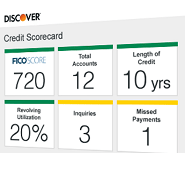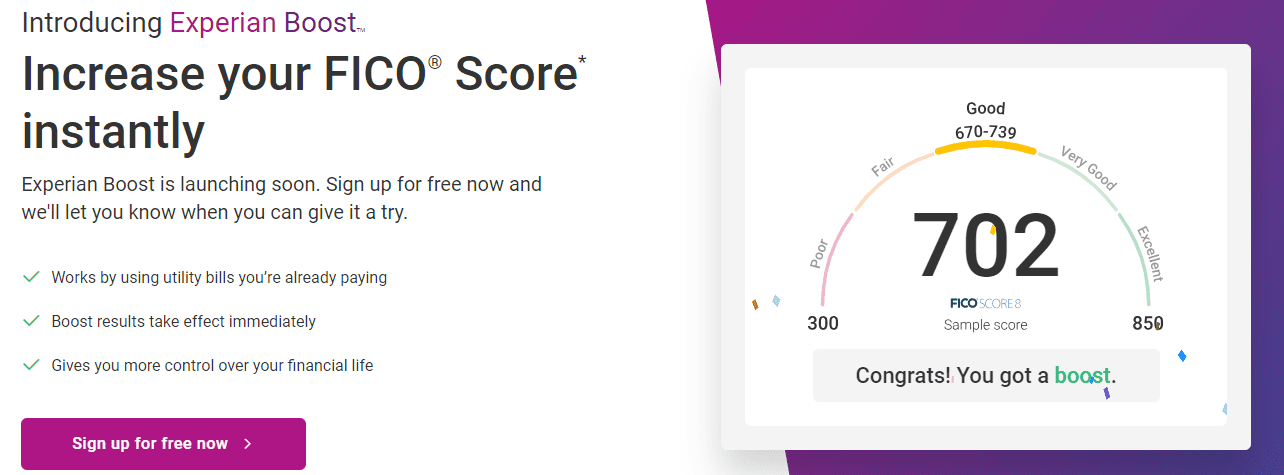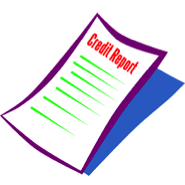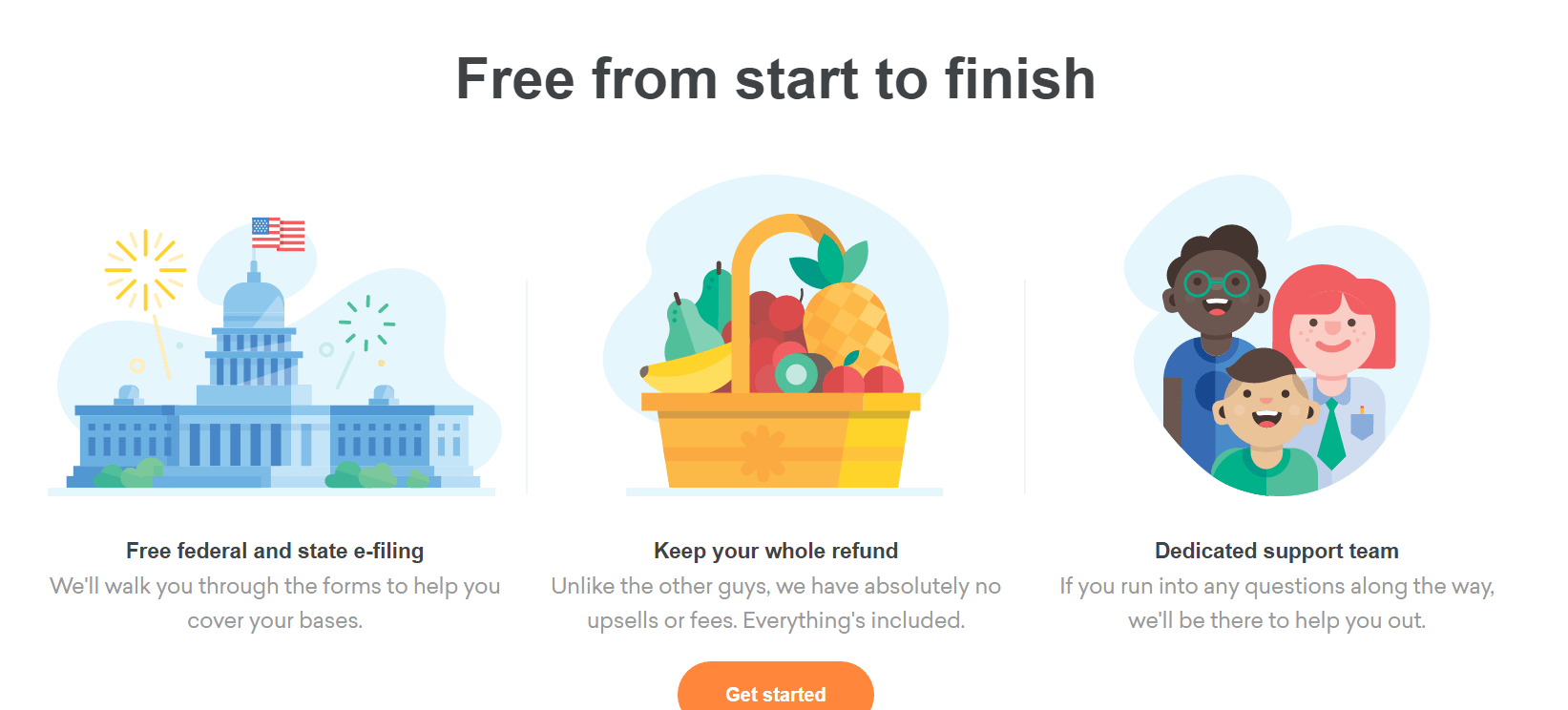Earlier this month FICO launched a suite of new credit scoring models called ‘FICO 10’. FICO last released a new scoring model back in 2015 with the release of FICO 9 scoring models. The reason these are referred to as models and a suite of models is that for some time there hasn’t been a single scoring model that is used with FICO offering different models for different industries (for example credit card lenders might use FICO 9 bankcard enhanced). FICO claims that the new models can reduced the number of defaults by as much as ten percent. FICO estimates that roughly 110 million people will see a change in their score, with changes expected to be approximately 20 points in most cases. FICO did not provide a break down of what percentage would see their score increase vs decrease.
What’s New
- Trended data. Previously FICO scoring models only looked at a consumers current credit utilization (amount of money borrowed divided by the total amount of credit available to them). By using trended data the new models will also take into account their historical credit utilization in the last 24 months. Rising debt levels will be seen as a negative, whereas falling debt levels will be seen as a positive. The main focus will be on revolving debt such as credit cards rather than installment loans such as a mortgage or auto loan. The one issue with credit utilization data is that even if you pay off your credit card in full each month the amount reported to the consumer reporting agencies is not zero in most cases. You can read more about credit reporting dates here.
- Increased emphasis on personal loans. There will be a bigger emphasis put on personal loans, for example consumers who transfer credit card debt to a personal loan but continue to accumulate credit card debt will see a drop in their scores.
Why It Might Not Matter
It’s important to remember that while FICO has released this new scoring model, it doesn’t mean that lenders will be using this new model straight away (or at all). In most cases there’s a lag between when a new model is introduced and uptake and usually this lag period is long (e.g despite FICO 9 being released almost 5 years ago there are a lot of lenders still using earlier models such as FICO 8).







Splitting hairs. If you pay your bills, you have nothing to worry about. If your score happens to drop from 800 to 780, it’s unlikely it will have ANY noticeable effect. And if literally everyone drops -20pts, then they’ll just lower the bar. Bankers have already proven they’ll give you a 4th mortgage in your dog’s name if it helps them get a bonus.
for the people asking about balnces vs paid of vs this that or the other. You’re all assuming this is all in good faith. I can assure you its not. It’s just another modification of a rigged system that will allow large corporations to make arbitrary decisions to screw the common man. ‘Well, based on your FICO 10 score, we can only give you this rate on your mortgage maam, blahblahblah.’
Don’t fall for any of it. Keep paying everything off monthly, and extract as much as you can from these companies…
One of my FICO scores shows 850 / 850. I don’t feel elated unless I applied for multiple credit cards and received the Sign Up Bonuses. FICO score is so overrated.
My BOA FICO score is as low as 714 while Wells Fargo FICO score shows 756. Not sure which one to believe.
FWIW
Bank of America uses FICO Score 8 based on TransUnion data
Wells Fargo uses FICO Score 9 based on Experian Data
Just received in mailbox a flyer offer from United Aireline. It says I am target to apply for its United Explorer Credit Card (co-issued with Chase) for 60000 bonus miles. I am not sure which bureau they pull. Hopefully card issuers pull Experian.
I also wonder if anybody knows whether I am eligible to apply. I already exceeded the 5/24 rule of Chase and this United Explorer card is a Chase credit card. So technically speaking I am disqualified to apply or I will not get approved. Had been planning to apply for the AA 60000 bonus miles until this came along.
If you never pay credit card interest then that usually* means that you are Paying In Full on the due date, while your monthly statement balance is what (usually) reports. But if this is say $3k, on a total Credit Line of $300k, then the utilization is only 1%. If some months it’s $6k for 2%, then no big deal.
* BUT sometimes if its 0% APR, then I’ll pay the minimum, then pay it off in the last month. If it’s a balance transfer, then it jumps to a level, stays at a plateau (slightly decreasing with minpay), then at the end drops to zero. If it’s from purchase then it often ramps up over time, (but obviously paid off at end). It would be interesting how FICO 10 scores these balance profiles over time. The individual card utilization came into it before, but now there will be 24 month memory as well.
There’s a HUGE difference between running up a large balance (and keeping it high for some time) on 0% APR versus 25% APR. But the model might not distinguish.
It might also create some more pressure to pay down balances sooner, and not getting full benefit of 0% APR, if you want to apply for something new.
In the end FICO is just calculating consumer risk, so from a bank’s risk assessment standpoint the difference in APR is irrelevant. However, I completely agree about creating pressure on people to pay down their balances sooner given the rising credit debt.
There is a huge difference in the risk profiles for two people with identical time sequences of debt owed (even also with identical time sequences of payments), but one with 0% APR and the other with 25% APR. Not considering the APR is a huge gap in the model.
In the 25% APR case, if the debtor is not rapidly or immediately paying down the debt, then they are either financially incapable of doing so, indicating financial distress and hence financial risk, or else they are financial incompetent, mishandling their financial affairs in a way that is financially detrimental to them (e.g. paying much more interest than they could have) which also indicates financial risk.
People in the 0% APR case are far more likely to be financially stable and competent and be much lower risk.
In the 25% APR case you could ask: Why on earth would they NOT pay it down faster?
In the 0% APR case you could ask: Why on earth WOULD they pay it down faster?
The different APRs makes these two scenarios, and their risk profiles, completely different, and it is definitely a gigantic gap in the model.
Trended data is concerned with balances only. How have those balances been in prior periods and what is the correlation (up, down, or flat)?
If down, then scores go up (up to 20 pts according to FICO). If down, then down 20. Approx 110 million Consumers will be affected up to 20pts (according to FICO).
This new FICO Score 10 Suite should have a polarized effect on scores. It’s main objective, from FICO & Lenders’ perspectives, is to weed out all these new Borrowers joining the credit game via FICO Ultra and Experian Boost. It’s like this new batch of Consumers that are using their rent, utility and bank balances to get into credit are now being treated like a “bargain bin” where Lenders get their prime pick of the lot.
Now that FICO Ultra & EXP Boost have been out a while, Lenders get to see how this new batch of approx 100 million Consumers with little to no credit history have fared this past year since these new programs have rolled out.
The NY Fed Reserve had their debt report of a new high, $14 trillion, in the 2nd quarter of 2019. I expect FICO’s new model is the Lending industry’s response to the govt’s call out to rising debt, as neither Lenders nor gov’t wants another bust like in 2008.
But in the end, it’s all a big data grab. Every big company wants your data. Lenders are no different. By signing up for Ultra or Boost, Lenders have more data beyond a traditional credit file. Now that FICO has a way to track more data, like Credit Utilization history, it gives Lenders a clearer picture on Borrowers financial position.
~Cap
I wonder if “rising debt levels” will tell the difference between a revolving balance that gets carried over vs a less risky borrower that pays it off in full?
For instance, a user from the month of Jan – Mar has a bill appearing as $800, $1000, $1200 that only makes the minimum payments, vs a borrower that pays it off in full with the same amounts appearing on their statement.
interesting point
The problem is that card issuers do jot report the payment amount but only the balance…
Several years ago supposedly the CRA’s were going to start collecting and reporting trended data. But if you ever pulled the reports, you notice there is often just blanks where the payment amount would be listed. So unless the CC issuers start reporting that level of detail, FICO 10 seems DOA.
For competitive reasons, I’m not even sure AmEx would want Chase to know a cardholders payment amounts, but that’s just speculation via an example.
With the exception of Chase who provides mid-cycle updates to CRA for PIF, I don’t see how the FICO 10 models would differentiate between my Dec BCP bal of $682 that I paid in full, and my Jan BCP bal of $1100 that I paid in full, and my Feb BCP bal of $420, of which $318 was revolved into March.
But maybe Fair Isaac folks are brighter than me. Probably
I think they CAN report the payment amount, so the data is there, but many don’t, so it’s usually not used.
Last payment amounts are reported.
Payment amounts are reported by all 3 CRA. If you get your free annual credit report it will show payment amounts and balances for previous 24/25 months on EQ, EXP and TU as well as all the SP not just HP.
There are a variety of business credit reports by the big three as well as by D&B and Lexis-nexis. Not all biz card issuers report to every CR for businesses.
.
But you can get true business credit with no PG with an LLC and establishing 3 Credit lines for at least 60-90 days but it also helps to have a business DDA with 10-25K ADB for 3-6 months (get reported to Chexs and EWS.
This is if tour truly looking to separate business and personal credit, ran than just enjoying the gravy train.
Equifax doesn’t. It has a space for amount paid but it’s all blank for every account for every month – I pulled that report two days ago.
Experian and TransUnion do have this info for most accounts – most notable one missing is Amex.
There are models that predict who are paying in full vs carrying balance. They are not accurate, but usually right for about 80% of the population. It depends on the variance in month to month balance reported and other factors
If what you say is true, that there are inaccurate models that predict full vs carrying balance AND they implement those very models into 10T, then 10T would a) not require banks to report payment amounts and b) (in my above example) borrowers who pay in full will be penalized the same as the borrowers who only make minimum payments.
For three months, sure. But given more monotonically increasing datapoints it becomes increasingly unlikely that the person is paying their balance in full each month. That’s the point of the models.
In the past, I’ve seen “last payment amount” shown on my credit reports for at least some of my accounts.
In July 2019, I got all three credit reports. They have several fields reporting detailed historical data for each month. Below are the fields I see. In brackets, I’m indicating whether few/most/all accounts are reporting the information.
Experian
• Account Balance [all]
• Date Payment Received [most]
• Scheduled Payment Amount [most; this seems to reflect the minimum payment due]
• Actual Amount Paid [very few]
Equifax
• Balance [all]
• Scheduled Payment Amount [most; this seems to reflect the minimum payment due]
• Actual Payment Amount [very few]
• Date of Last Payment [all]
• High Credit [all]
• Credit Limit [all]
• Amount Past Due [I don’t know; none of my accounts have been past due]
TransUnion
• Balance [all]
• Scheduled Payment [most; this seems to reflect the minimum payment due]
• Past Due [I don’t know]
There’s a lot of information there. Even just glancing through my report, I can tell when I went through different financial phases. Even without the “Actual Payment Amount,” I would think that the scoring models can get a good sense of whether the person is revolving balances.
To discern between the two borrowers in my original example “Actual Amount Paid” would be required for an accurate representation. Based on the very data you just provided (i.e. only in a few cases “Actual Amount Paid” is reported) it would appear both borrowers in my original example will be treated the same.
To get a more accurate representation, that information would be needed, but I would guess that they might have more complex modeling going on such that they can probably tell enough about your situation even without that, with a decent degree of accuracy. I even wonder if they might not be as interested in the exact payment amount as they are about other trends and probabilities. But then again, I’m sure they’d love it if more creditors reported that information.
This is all just my speculation.
I think you misunderstand or oversimplify how those models work, also nobody cares about $1000. This is 0% overall utilization for most of us in this game.
If your spending steadily increases month over month, even if you are keeping up with the payments you have a spending problem and are a higher risk.
Lots of cards come with a 0% intro on purchases for 12-18 months. That spending indeed steadily increases month over month with the plan to pay it off before the interest accrues. That is not a spending problem, but a strategy to free up money to otherwise invest.
I think they are (and should be) treated the same:
First, you attempt to trend off a set of 3 data points. That is invalid and works in no domain. There are just too few points to build a valid long-term trend.
If you add more data points, a trend becomes more clear: a borrower adding debt every month for a prolonged time is extremely likely not paying off debt and the trendline points up.
A borrower with a flat trend line is not adding debt and it does not matter if the borrower is paying off $1000 debt every month or carrying over $1000 debt month over month without adding new debt.
If you carrying a balance of 100K, it changes your risk profile but nobody gives a _thought_ about $1000.
It finally occurred to me why I should be using a business credit card that doesn’t report to the credit bureaus for every day expenses rather than using a personal credit card. Now I don’t have to be concerned about a temporary high balance reporting before am able to pay off by the time the new statement generates.
Same. But it is odd that Biz cards like Capital One Spark Cards don’t have to adhere to personal credit laws like the CARD act of 2009 (because they’re Biz cards). Seems unfair for Biz cards to affect personal credit by showing their pay history, utilization, etc. in someone’s personal credit history. The hard inquiry I can understand, but to have it take up a person’s 5/24 slot?
Discover It Biz and TD Bank Business Solutions Biz cards report, too. Discover Biz offers same annual cashback match first year as personal version, and gives 12 mos 0% APR on purchases. TD Bank’s Biz offers $300 for $3K spend & 2-3% bonus categories, along with 6 mos 0% APR on purchases. Both offers are current as of JAN 2020.
I’ve always thought these last two were crap, but given their bonus and 0% intros, they’re not too bad. Unsure if they’re worth a 5/24 slot, tho.
Anyone had any luck w/Chase citing “But it’s not a personal card, it’s a business card” rebuttal? Just a thought…
~Cap
They are not violating the card act. Read the card act and let me know where it says a business card cannot report to personal credit. 99% of business cards require a personal guarantee. You are personally responsible for the debt so they are within their legal rights to put in your credit report if they choose. The cc laws do not require a company to report or not report. All it says that if they do report they must report accurately.
and No…Chase will not overturn a decline if you cite it is a business card. The 5/24 rule is not arbitrary. People who add a lot of cards default at a much higher rate. Chase has the rule to protect itself from high risk individuals. Saying “but its a business” really does not make Chase any less weary of your risk to them. Hiding your risk on business report is a gravy train I wish people would keep quiet about less Chase closes the loophole. ssshh
I use Amazon Amex business card that don’t appear on personal credit..